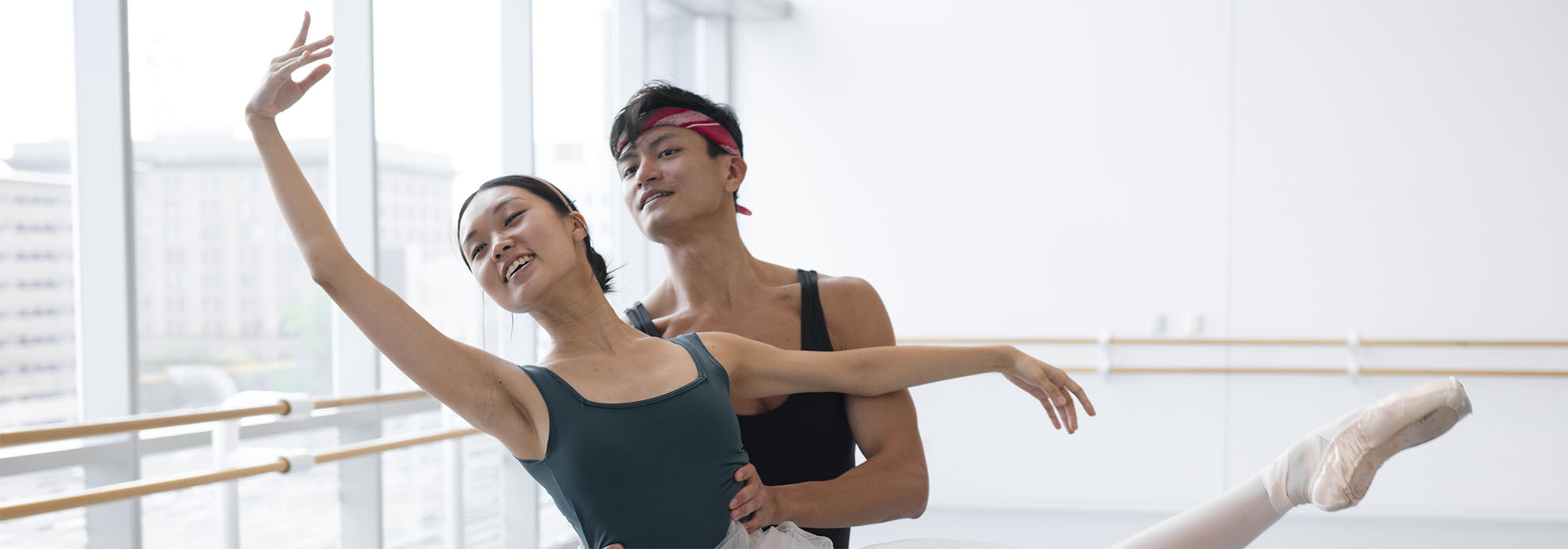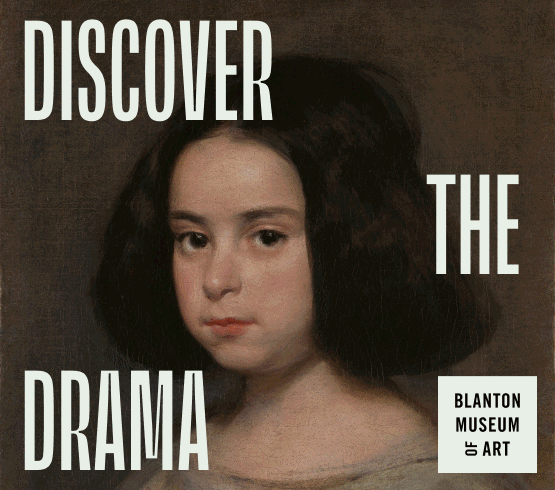Stanton Welch’s links to Raymonda reach back to before he was even born. When his mother was a principal dancer with the Australian Ballet, she starred in a revival of the Russian classic choreographed by dance legend Rudolf Nureyev. Once Welch launched his career as a dancer, he began developing his own impressions of a work that’s mainly known through excerpts, not full-length.
Welch is finally settling that. Houston Ballet will premiere his full-length Raymonda, fitted out with sets and costumes by favorite collaborator Roberta Guidi di Bagno, on May 29 at Wortham Theater Center. The performances (through June 8) will climax a long gestation.
“I researched it back when I was still dancing, and I left it alone for a long period,” Welch says. “I’ve always returned back and forth. So I feel like I have a long history with it, even though this (production is) my first time.”
In the original scenario, set in Hungary during the Middle Ages, Raymonda is a young noblewoman whose fiancé, Jean, has gone off to fight in the Crusades. A Saracen chief appears and woos her; when she resists, he tries to kidnap her. But Jean returns in time to kill the interloper, and the third and last act brings the couple’s wedding feast.
“I really struggled for a long time” with how to deal with Petipa’s story—particularly the religious element, Welch says. His solution: “removing that and setting it in a land of imagination.”
Welch’s version, taking place around 1900, casts Raymonda as a princess. Her mother, the queen, manipulated by a scheming advisor—a “Rasputin type,” Welch says, named Vladimir—is trying to marry off Raymonda and her sisters for political advantage. But Raymonda rebels: She has a secret sweetheart, Jean. Vladimir has Jean dispatched to an unnamed war and plots to have him murdered. When Raymonda hears news of Jean’s death, she agrees to an arranged marriage. But it turns out that Raymonda’s sweetheart has survived the attack.
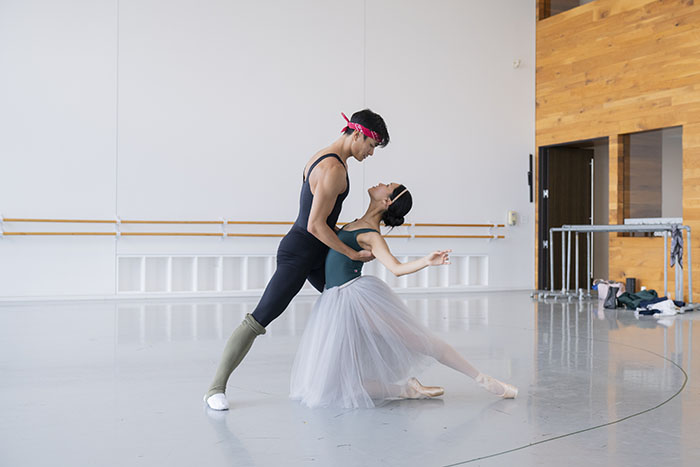
1 ⁄7
Houston Ballet Soloist Danbi Kim as Princess Raymonda and Chun Wai Chan as Jean rehearsing Stanton Welch’s Raymonda. Photo by Alana Campbell (2025). Courtesy of Houston Ballet.
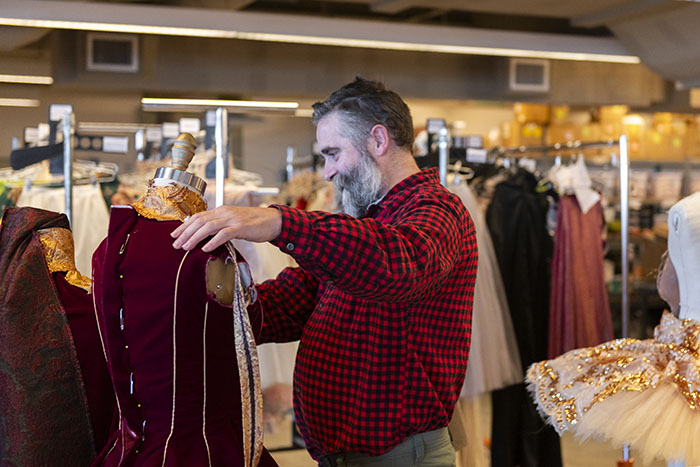
2 ⁄7
Houston Ballet Artistic Director and Choreographer Stanton Welch AM viewing Raymonda costumes in progress. Photo by Alana Campbell (2025). Courtesy of Houston Ballet.
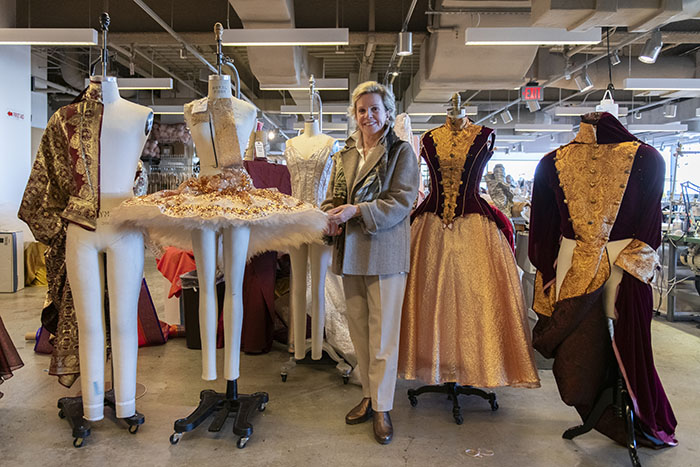
3 ⁄7
Raymonda Costume and Scenic designer Roberta Guidi di Bagno with Raymonda costumes in progress. Photo by Alana Campbell (2025). Courtesy of Houston Ballet.
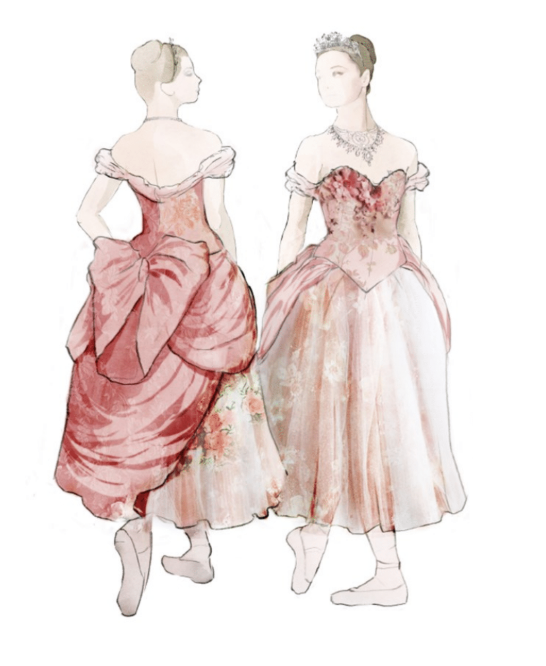
4 ⁄7
Princess Raymonda Spring Ball costume sketch by Roberta Guidi di Bagno for the world premiere of Stanton Welch’s Raymonda. Courtesy of Houston Ballet (2025).
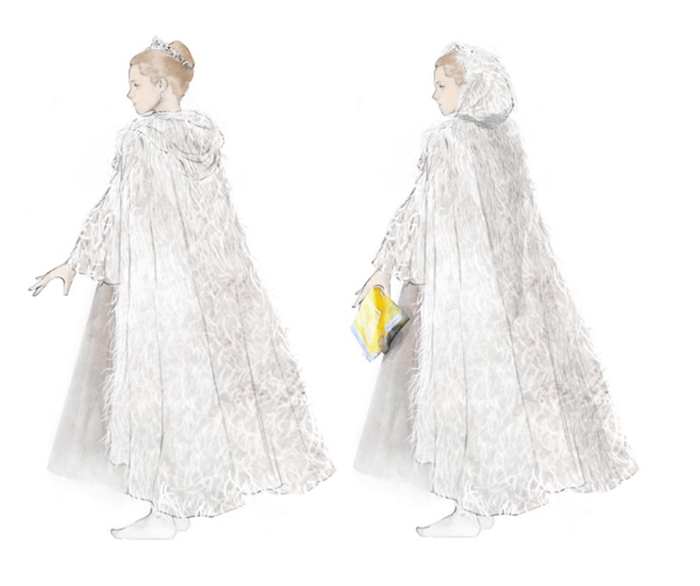
5 ⁄7
Princess Raymonda Act I Scene I costume sketch by Roberta Guidi di Bagno for the world premiere of Stanton Welch’s Raymonda. Courtesy of Houston Ballet (2025).
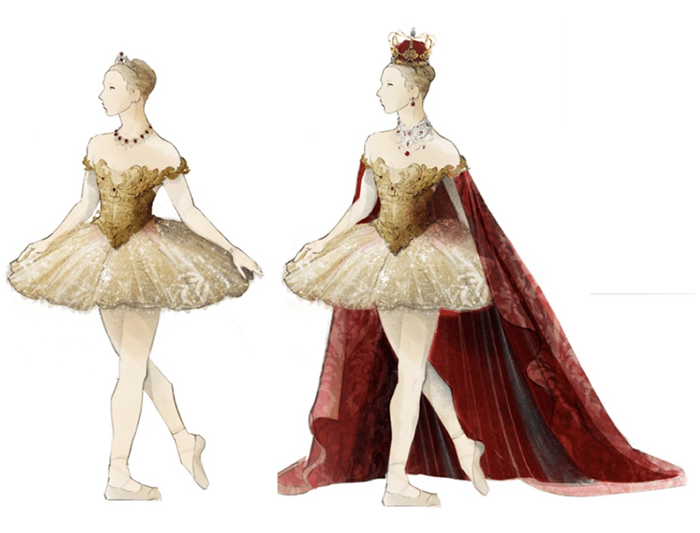
6/7
Princess Raymonda Act III costume sketch by Roberta Guidi di Bagno for the world premiere of Stanton Welch’s Raymonda. Courtesy of Houston Ballet (2025).
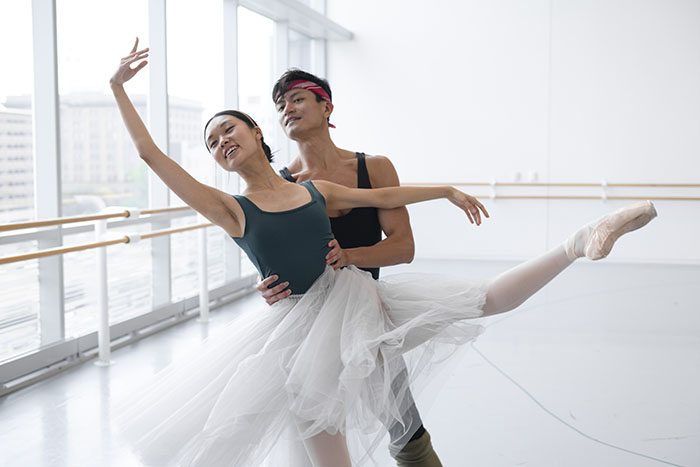
7 ⁄7
Houston Ballet Soloist Danbi Kim as Princess Raymonda and Chun Wai Chan as Jean rehearsing Stanton Welch’s Raymonda. Photo by Alana Campbell (2025). Courtesy of Houston Ballet.
Welch credits Nureyev’s revival—not only the Australian one, but a later version for the Paris Opera Ballet—with helping him find his way. Nureyev “really turned it into a story,” Welch says. And tidbits passed on by Welch’s mother also fed his imagination. For instance, to explain the “droopy port de bras,” he adds, Nureyev told the women to imagine their arms weighed down by their opulent gowns. “I love that kind of visualization of the movement,” Welch comments. “That really stuck with me.”
Amid all the changes to Petipa’s scenario, Welch’s Raymonda keeps but repurposes a key ingredient: a dream sequence for the heroine. In the original, premiered in 1898, the Saracen appears in the sleeping Raymonda’s mind before he materializes onstage.
“What was so revolutionary about Raymonda for me is, this was a female character who has a sexual dream about a different man than she is meant to marry,” Welch says. “That was pretty controversial for that time. … She has this erotic fantasy about a kind of a villian, a wild man, a rebel.” Exploring that intrigued him. In Welch’s version, Raymonda envisions Jean, who at that point in the story is her secret paramour. The two have “a dalliance,” Welch explains, and his choreography will leave whether it’s a dream or reality a little unclear.
“In Romeo, we were pretty strict,” Welch says. “We had a time period, we had Italy. It was meant to look authentic. In Giselle, most of the people are peasants. So it’s cotton and plain fabrics. Well, this is really lavish—tiaras and jewelry and sparkle. To me, this is really Roberta’s love: … full opulence and glamor.”
Tackling the full-length Raymonda will pay dividends for the dancers, too, Welch says. Those in the lead will get to play the entirety of a role they have known only through its famous portions.
“There are only a few classics in the world,” Welch says. “And I think as dancers, we’re all aspiring to perform those things. So to add this ballet to our canon, and to let (the dancers)—especially the women—have access to these traditional solos and put their stamps on them, is really exciting.”
“For the rest of the company,” he adds, “it’s new material. … It’s amped up, and it’s great classical music. So I think that at the end of the evening, they’re all going to feel like they’ve really danced and they’re exhausted. That always generates a lot of excitement from the audience. It’s a big, spectacular dance.”
—STEVEN BROWN

